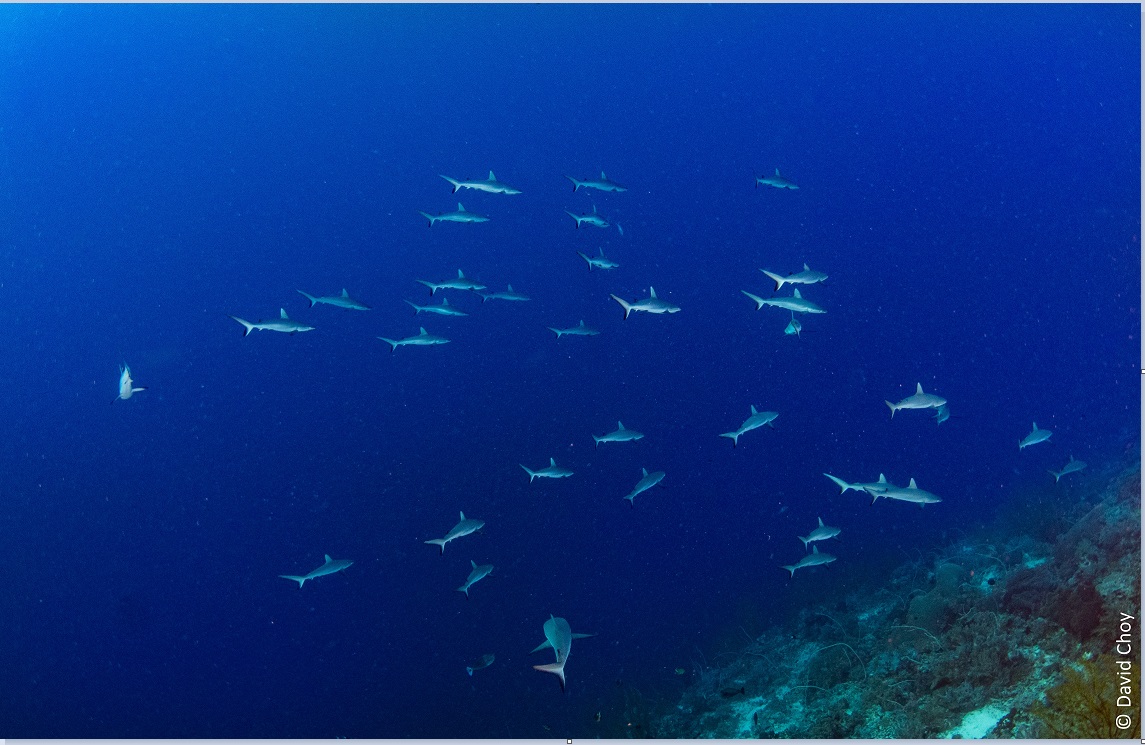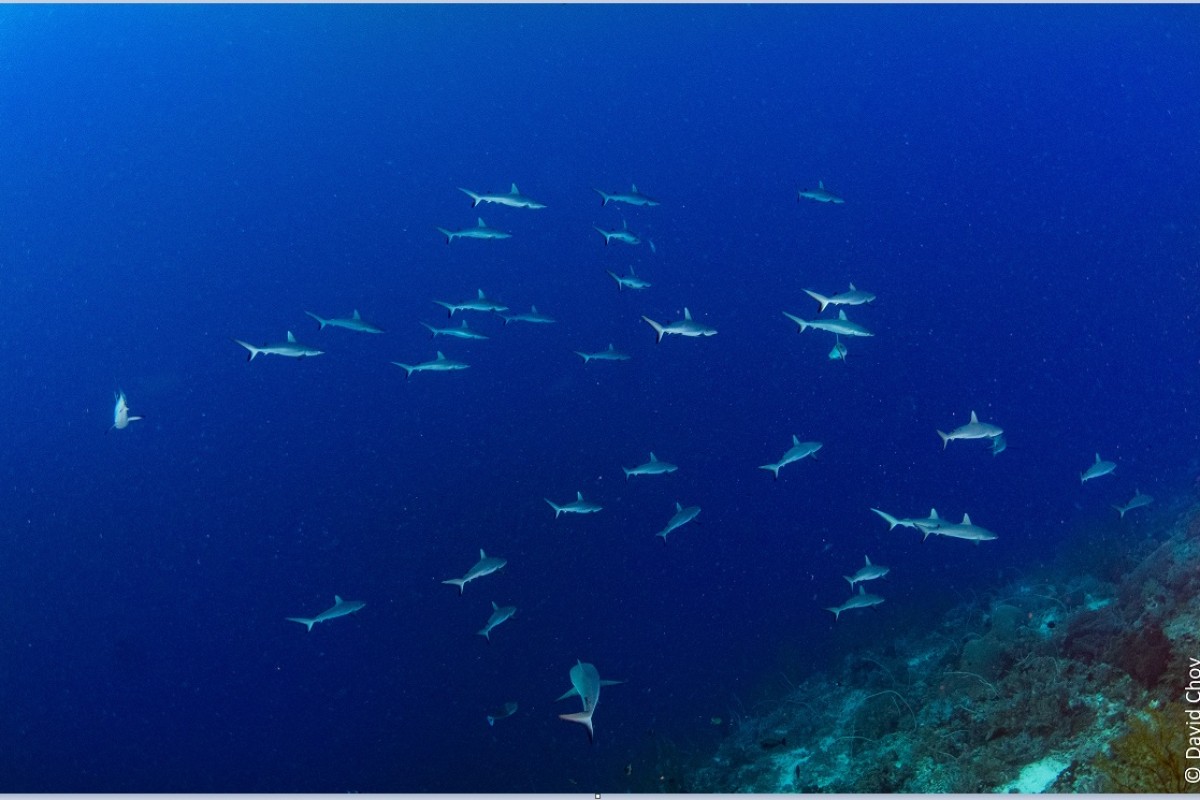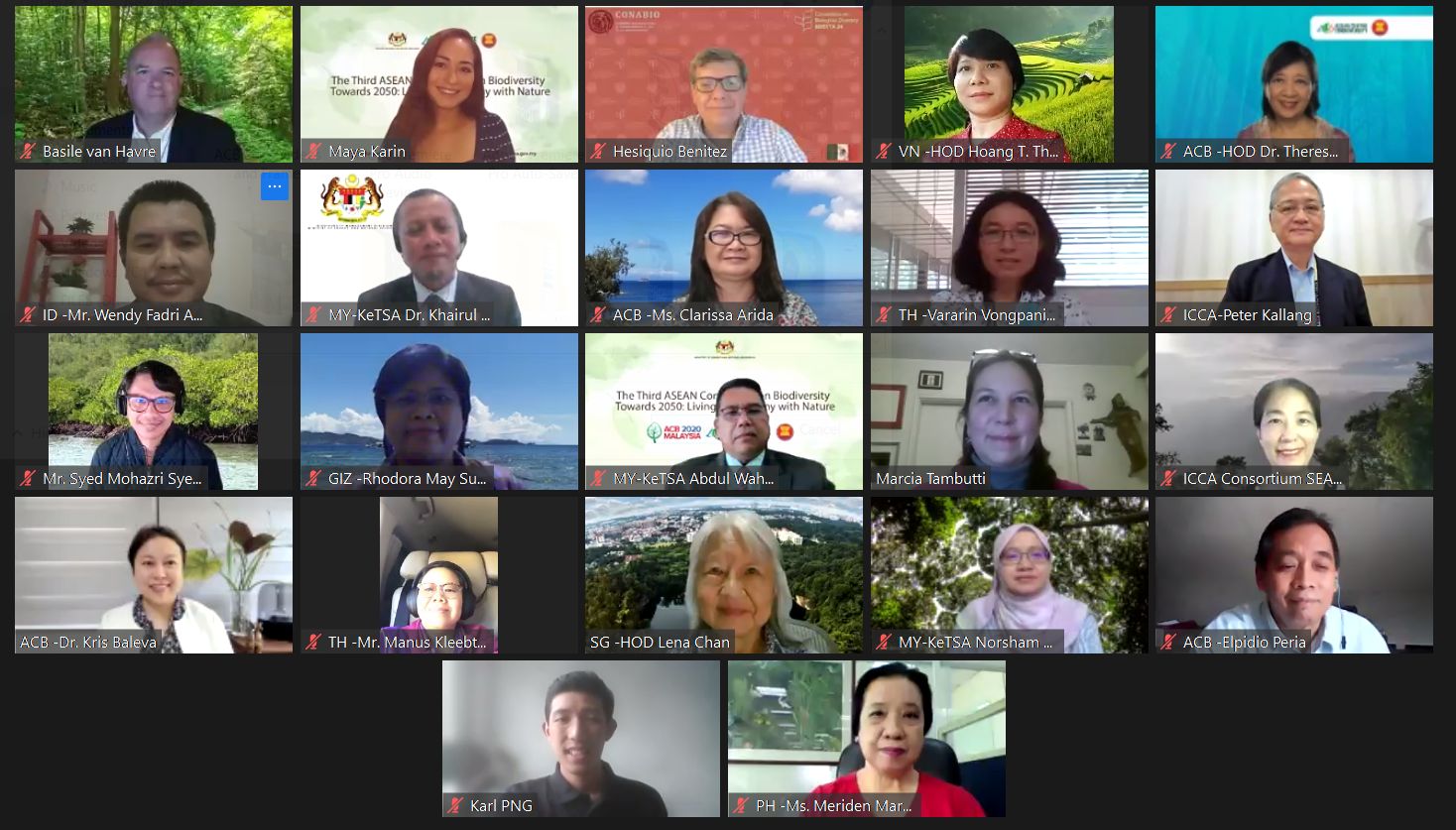LAGUNA -- Perceived to be scary and ferocious monsters of the sea, sharks are unfairly viewed as dangerous to humans. These apex predators, however, play a functional role in the marine ecosystem maintaining the balance of the food chain, thus serving as a sign of the ocean’s good health.
The management of the Tubbataha Reefs Natural Park (TRNP) wants to know more about them, given the dearth of shark-related studies conducted in the natural park.
TRNP, a designated ASEAN Heritage Park is the region’s pride, covering roughly 10,000 hectares of coral reef at the heart of the Coral Triangle. This pristine site is home to a high density of marine species, including 700 species of fish, 13 species of dolphins and whales, and over 100 species of waterbirds, according to the official website of the Tubbataha Management Office (TMO).
The previous studies on shark recorded the presence of 23 species of sharks and rays in the park.
The studies also confirmed that sharks and rays use three diving sites in TRNP as cleaning stations and that the park is one of the few places in Southeast Asia where the probability of encountering tiger sharks is high.
Angelique Songco, protected area superintendent and head of the TMO, said that based on the movement tracking of the tiger sharks inside and outside the Park, adults travel out of the park towards Mindanao at the end of the summer and return to the Park after a few months.
Park-led study
For the first time, with the support of the ASEAN Centre for Biodiversity, the TMO led a shark survey following studies conducted by Large Marine Vertebrates Research Institute Philippines (LAMAVE) from 2015 to 2017.
Songco explained that the shark survey will use the Underwater Visual Survey (UVS) method, a non-invasive and unbiased approach, in which divers swim down current for 40 minutes while identifying and counting passing sharks within an imaginary 30-meter transect strip. While the UVS has little to no effect on the behavior of sharks, the survey needs to be complemented with other techniques for a better understanding of shark ecology.
Researchers and marine park rangers will conduct the survey with assistance from World Wildlife Fund for Nature (WWF) – Philippines, LAMAVE, and local volunteers.
“The objective is to establish trends over the years and detect changes in shark abundance and species distribution,” Songco said.
The information generated from the study will also be used to assess the effectiveness of the park management as sharks are one of its key biophysical indicators.
Importance in conservation
The abundance of sharks has declined over the past decades with more than half of the 39 species now threatened with extinction, according to the International Union for the Conservation of Nature IUCN.
Tubbataha is one of the last few remaining places in the Philippines where reef sharks thrive, attributed to the strict protection afforded to the park and sufficient area to support the movement of the apex predator.
Songco noted, however, that local and global stressors such as fishery-related activities and climate change are ever-present threats to these predators.
Amid these threats, the continuous monitoring of shark abundance and species distribution, complemented by other shark studies, will help inform the park management and stakeholders on current trends and changes in the overall ecology of the sharks. Further it will help the management formulate effective shark conservation measures.
ACB Executive Director Theresa Mundita Lim said that the shark study, along with lessons learned and further research activities in the park, may feed towards larger stakeholder efforts to enhance shark conservation measures at the national and regional levels.
There are 254 species of sharks and rays in the IUCN Red List of Threatened Species that can be found in the ASEAN, of which 140 are categorised as critically endangered, endangered, and vulnerable.
“We take note of the collaborative efforts among the government, non-government organisations, and academic institutions to fill the knowledge gaps on sharks and other important species in the marine protected area,” she said. Dr. Lim likewise expressed solidarity with the park management and the rest of the international community in celebrating Shark Awareness Day on 14 July and raising awareness of the species’ plight.
In 2019, a grant of the ACB, in partnership with the Japan ASEAN Integration Fund (JAIF), under the project ‘Improving Biodiversity Conservation in Wetlands and Migratory Waterbirds in the ASEAN Region Phase I’ supported the seabird monitoring in TRNP. (ACB)





